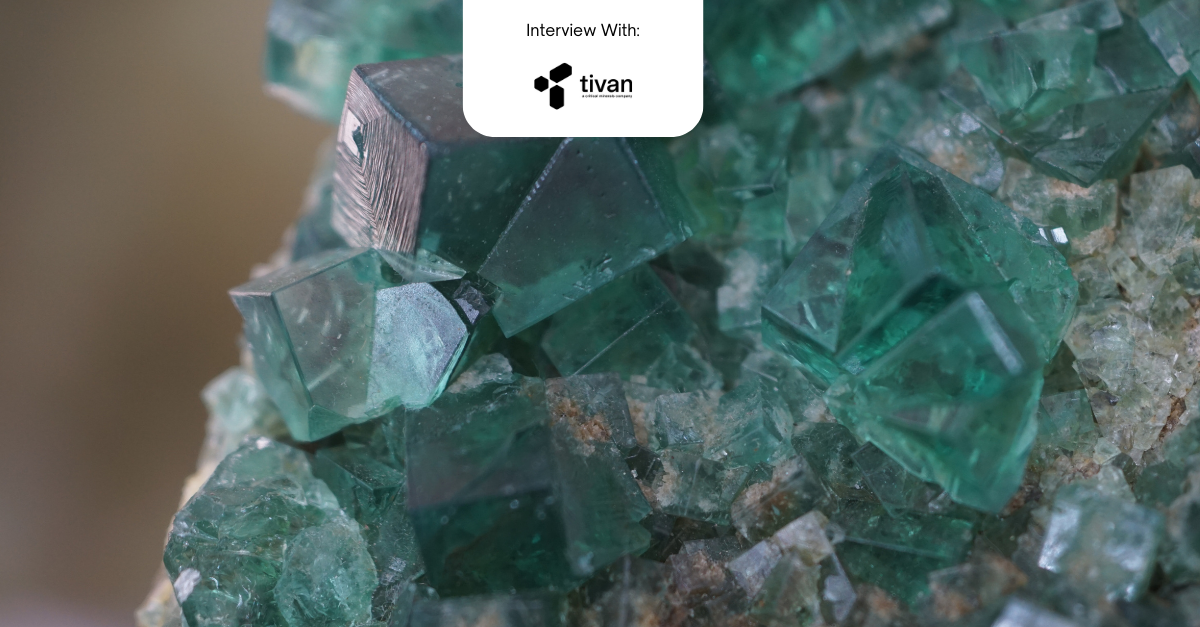During this exclusive interview, The Energy Circle by IN-VR spoke with Eduardo Gonçalves, Managing Director at TIMOR GAP Pualaca Block, about the completion of FTG, mapping, and 2D seismic over 266 lkm, ongoing SLB/RTS PSDM processing toward Q1 2026 interpretation, and early indications of robust petroleum systems and structural highs positioning Pualaca to attract farm-in partners
Q1. The Pualaca Block has been highlighted as a key driver for onshore petroleum activity in Timor-Leste — what have been the most important exploration milestones so far, and what do they reveal about its potential?
A: We have completed the Full Tensor Gravity Gradiometry (FTG) Survey across our contract area, as well as reconnaissance surface geological mapping covering mostly the entire Block. In addition, recently we have successfully completed the 2D Seismic Acquisition program with a total coverage area approximately 266 line kilometers (lkm), conducted by a worldwide leading geophysical services company, BGP Inc.Meanwhile, we have engaged SLB/RTS for seismic data processing in parallel with seismic acquisition. The intermediate PSTM (Pre-Stack Time Migration) processing has been completed, and the focus has now shifted to PSDM (Pre-Stack Depth Migration), which is expected to be concluded by the end of this year. Subsequently, interpretation activities will commence under the contract we have secured with SLB, with completion targeted for Q1 2026.
We acknowledge the high quality of the data acquired with BGP, which has been further validated through the PSTM results processed by RTS. Preliminary indications suggest the presence of elevated geological structures in certain portions of our block; however, these findings will be confirmed upon completion of the final PSDM Processing and the Interpretation.
Q2. How are you positioning the Pualaca Block to attract partners or farm-in investors, and what competitive advantages does this block offer compared to other onshore opportunities in the region?
From the ongoing G&G studies, we are confident that we have strong indication ofthe presence of petroleum systems, supported by high TOR source rock samples, trapping mechanism, effective sealing formations and potential reservoir units identified from newly acquired seismic data. Furthermore, the presence of several oil seeps, combined with the high-quality seismic data, strengthens our confidence in the potential success of the upcoming exploration well.
Stay tuned to The Energy Circle by IN-VR for the latest updates on the global energy industry and exclusive insights from its leading voices.




.png)


